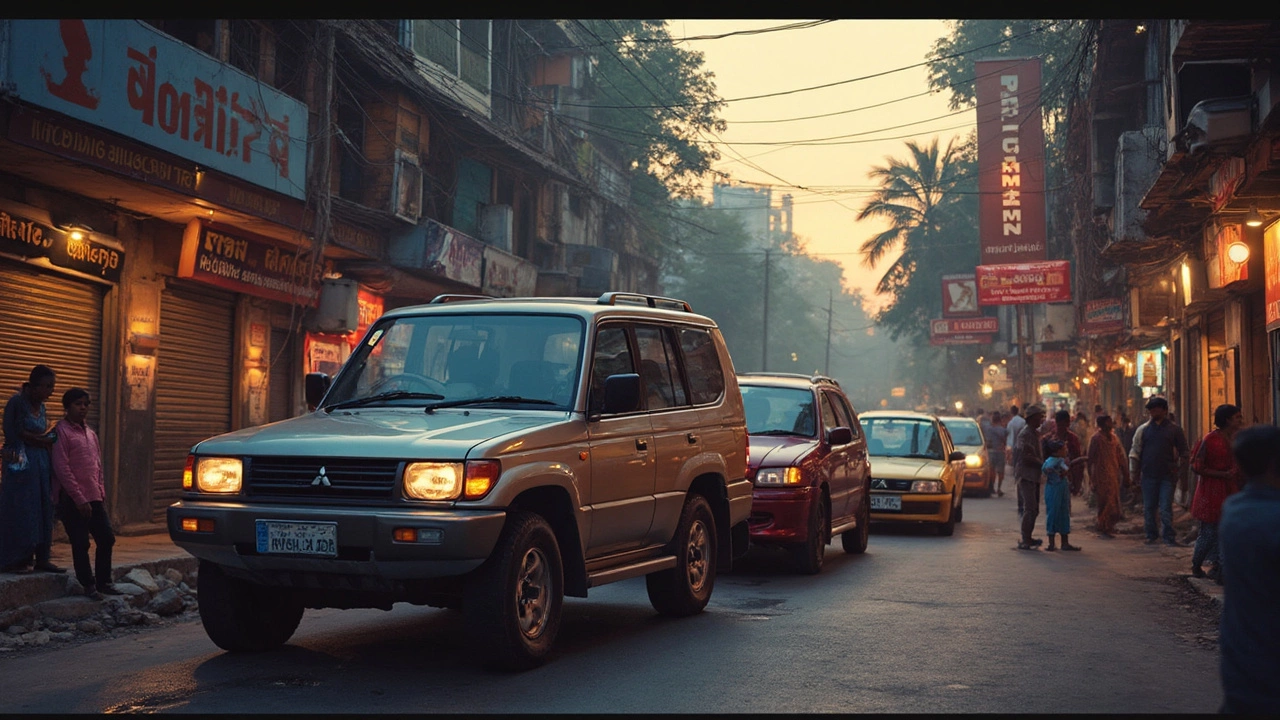Mitsubishi Elevators – Reliable Lift Solutions for Indian Buildings
If you’re thinking about installing a lift, Mitsubishi should be on your shortlist. The brand has been building elevators for decades and most of their machines are known for smooth rides, low energy use, and strong safety records.
Why Choose Mitsubishi Elevators?
First, Mitsubishi focuses on energy efficiency. Their regenerative drives turn the elevator’s movement into electricity that feeds back into the building’s power grid. That means lower electricity bills and a greener footprint.
Second, safety is built into every component. From redundant braking systems to fire‑resistant doors, the company meets and often exceeds Indian safety codes. You’ll get a lift that stops reliably even if the power cuts out.
Third, maintenance is straightforward. Mitsubishi designs their machines with easy‑access panels and diagnostic software that tells technicians exactly what needs fixing. For building owners, that translates into less downtime and lower service costs.
Mitsubishi Technology in Indian Buildings
In India’s hot climate, Mitsubishi’s climate‑controlled cabins keep passengers comfortable. The air‑conditioning units are compact yet powerful enough to cool a full cabin in minutes.
The brand also offers destination‑control systems. Instead of pressing a floor button, users select their destination on a touchscreen. The system groups passengers going to the same floor, cutting wait times dramatically—perfect for busy malls or office towers.For high‑rise projects, Mitsubishi provides gearless traction elevators that can travel up to 600 meters without a gearbox. They deliver fast, quiet rides and need less space in the shaft, a big plus when floor‑to‑floor height is at a premium.
SkyWings Elevation Solutions works closely with Mitsubishi to bring these features to Indian customers. Our engineers get direct training from Mitsubishi’s R&D team, so we can install, commission, and service the lifts with confidence.
When you choose a Mitsubishi lift through SkyWings, you also get a local support network. Our technicians know the regional regulations and can handle any paperwork, inspections, or upgrades without hassle.
Cost‑effectiveness is another win. While the upfront price may be higher than some local brands, the long‑term savings from energy efficiency and reduced maintenance often outweigh the initial spend.Many Indian developers report that Mitsubishi elevators increase property value. Prospective tenants and buyers notice the smooth ride and modern cabin design, making the building stand out in a crowded market.
If you’re still unsure, compare the performance data. Mitsubishi publishes lift speed, energy consumption, and noise level charts for each model. Use those numbers to match the elevator to your building’s traffic patterns and floor count.
In short, Mitsubishi elevators combine reliable hardware, cutting‑edge controls, and a support network that fits India’s needs. Whether you’re adding a single passenger lift to a hospital or equipping a 50‑storey office tower, Mitsubishi offers a solution that balances performance and cost.
Ready to explore options? Talk to a SkyWings representative today and get a tailored proposal that shows how Mitsubishi technology can fit your project’s budget and timeline.
